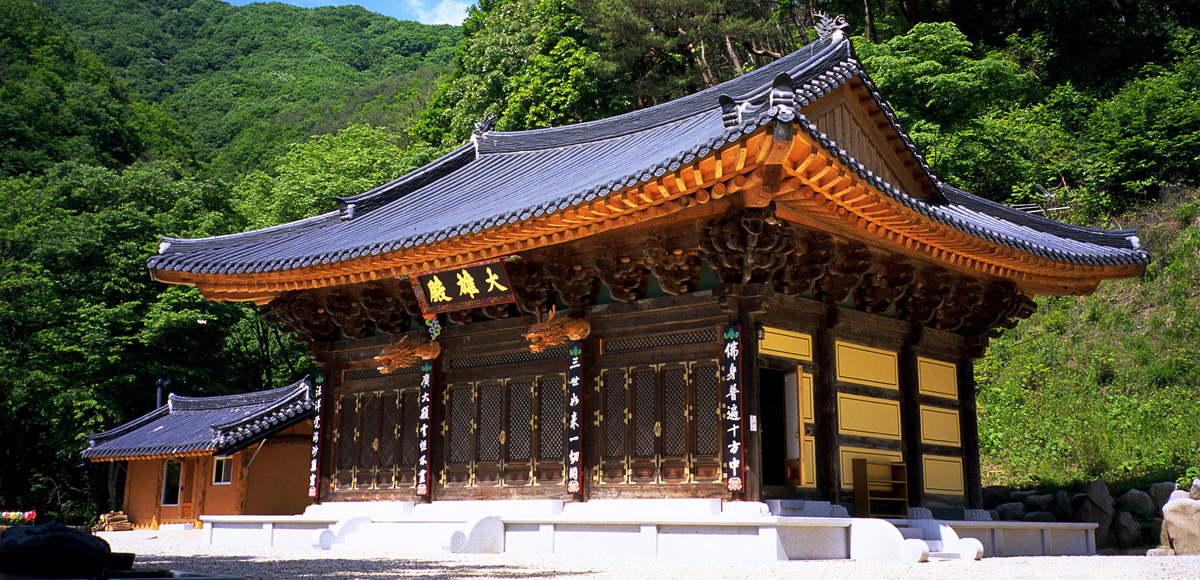Yongchusa

Overview
- Traditional Buddhist Temple No. 86 (Registered on November 3, 1973)
- Address: 623, Yongchugyegok-ro, Anui-myeon, Hamyang-gun, Gyeongsangnam-do, Republic of Korea
Description
This temple is the only existing temple among the old Jangsusa Temple and its four branch hermitages which Ven. Gagyeon founded in the 9th year of King Soji's reign in the Silla Dynasty (487). It is also a branch temple of Haeinsa, the head temple of the 12th Diocese of the Korean Buddhist Jogye Order. Destroyed during the Korean War on June 25, 1950, a branch temple was established at Bonghwangdae in Dangbon-ri, Anui-myeon and the temple was later reestablished in 1959. Nestled in a picturesque, natural setting, the temple preserves the traces of the old Jangsusa Temple. Additionally, it houses numerous cultural heritage items, including Tangible Cultural Heritage No. 54 of Gyeongsangnam-do, the "Deogyusan Mountain Jangsusa Temple Jogye Gate". It’s said that Jangsusa Temple was where Ven. Seolpa Sangeon gathered monks from across the nation during the Korean War to lecture on the Avatamsaka Sutra. Behind Yongchusa, upstream of Yongchu Valley, lies the Gibaeksan Mountain Provincial Park and Yongchu Natural Recreation Forest. To the northwest, on the summit of a mountain, stands Hwangseok Fortress (Historic Site No. 322), the site where a battle took place during the Japanese invasion of Korea in 1597 in the Joseon Dynasty.





